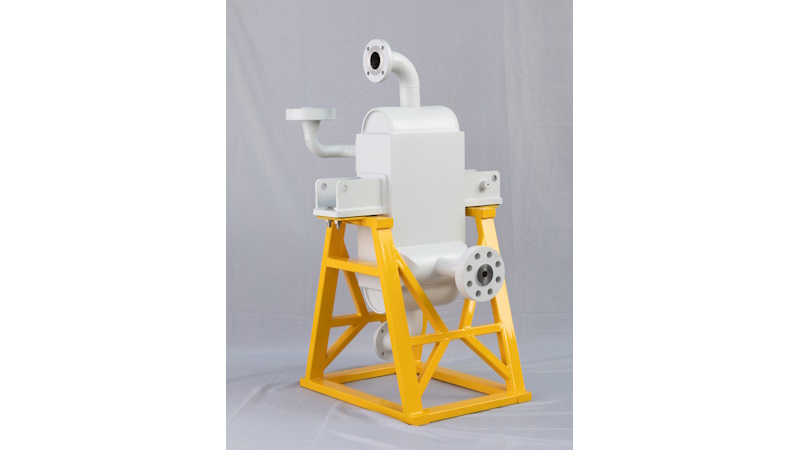Shenshi has released a PCHE-LNG heat exchanger specifically designed for the FGSS (Fuel gas supply system) sector. This product features high compactness, efficient heat transfer, and excellent anti-freezing properties, making it particularly suitable for space-constrained offshore vessels.
FGSS is a critical component of LNG-fueled vessels. Its core function is to pressurize, vaporize, and temperature-regulate cryogenic LNG (approximately -162°C) for a stable supply to the main engine. The heat exchanger is a crucial component in this system.
The first drawback of using traditional heat exchangers in this system is that the LNG vaporization process can easily lead to excessively low temperatures on the hot side, which can easily cause ice to form on the heat exchange tube walls, leading to pipe blockages, a sharp drop in heat transfer efficiency, and even equipment damage. Second, there are space and energy constraints: Traditional open rack vaporizers (ORVs) are bulky (occupying hundreds of square meters) and are dependent on ambient temperature, making them unsuitable for the tight space requirements of vessels and for navigation in polar and low-temperature waters.
To address this issue, Shenshi has developed an innovative microchannel structure, PCHE-LNG. Combined with advanced diffusion welding technology, this achieves a heat transfer area per unit volume of up to 6,400 m³/m³. Compared to traditional open rack vaporizers (ORVs), this reduces floor space by 50% and energy consumption by 20%.
This product has successfully completed full-scale operation of high- and low-pressure LNG system in the offshore field, obtained class certifications in China, Europe, and Japan, and mass production and supply have already begun. A series of products are now available, along with customization services.


